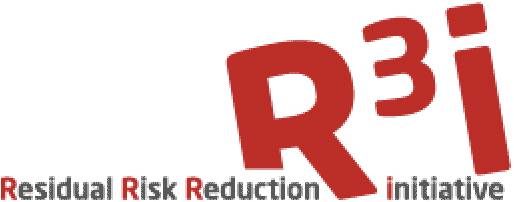
Login
Register







| Your login | |
| Your password | |
| Confirm your password | |
| Your email | |
| I agree to receive the R3i newsletter | |
| STUDY SUMMARY | |
| Methods | In this randomized, controlled 2 x 2 factorial substudy (AdRem) of ADVANCE (a double-blind comparison of blood pressure lowering with a fixed combination of the ACE inhibitor perindopril and the diuretic indapamide vs placebo, and an open comparison of standard vs intensive glucose control targeting a HbA1c level of ≤ 6.5%), baseline and final seven-field stereoscopic retinal photographs assessing diabetic retinopathy were obtained from 1,602 diabetic patients. |
| Primary outcome | Progression of ≥ 2 steps according to the Early Treatment of Diabetic Retinopathy Study (ETDRS) classification (based on the eye with worst grading). |
| Main results |
|
COMMENT
In the Retinal Measurements study, a substudy (AdRem) of ADVANCE 1 conducted between 2001 and 2008, there was evidence that blood pressure lowering with perindopril-indapamide compared with placebo did not significantly reduce the incidence or progression of retinopathy in diabetic patients, despite a significant reduction in the occurrence of macular edema and arteriovenous nicking over a 4.1 year follow-up period. Vascular changes, namely macular edema and arteriovenous nicking are associated with hypertension and endothelial dysfunction and are predictors of the progression of retinopathy.
Intensive glucose control compared with standard glucose control did not reduce the incidence and progression of retinopathy. However, borderline significant risks of microaneurysms, hard exudates and macular edema were decreased as a result of intensive glucose control. The trends observed were independent of initial blood pressure and HbA1c levels.
While not being significant, the incidence and progression of retinopathy (as assessed by ≥ 2 steps of progression in ETDRS classification) observed after 4.1 years of blood pressure lowering showed a similar risk reduction as the 25% observed in the UKPDS trial after 4.5 years of follow-up, which increased to 34% after 7.5 years of follow-up.2,3 However, unlike the UKPDS study of patients with diabetes and hypertension, the ADVANCE study included patients irrespective of initial blood pressure level. The initial blood pressure values and their mean reductions were therefore much lower than observed in the UKPDS. In addition, in AdRem patients had well-established type 2 diabetes (diagnosed at age 30 years or older and 55 years or older at study entry) and thus differ in this point with the UKPDS population of newly-diagnosed patients.
No risk reduction in laser coagulation therapy was observed, which was in keeping with the entire ADVANCE study.4
Intensive blood glucose-lowering treatment did not significantly affect the incidence and progression of retinopathy, and again the results were consistent with the UKPDS.2 The findings suggest that a longer period of intensive glucose control may be required for a clinically-relevant risk reduction in retinopathy.
![]()
| References |
|